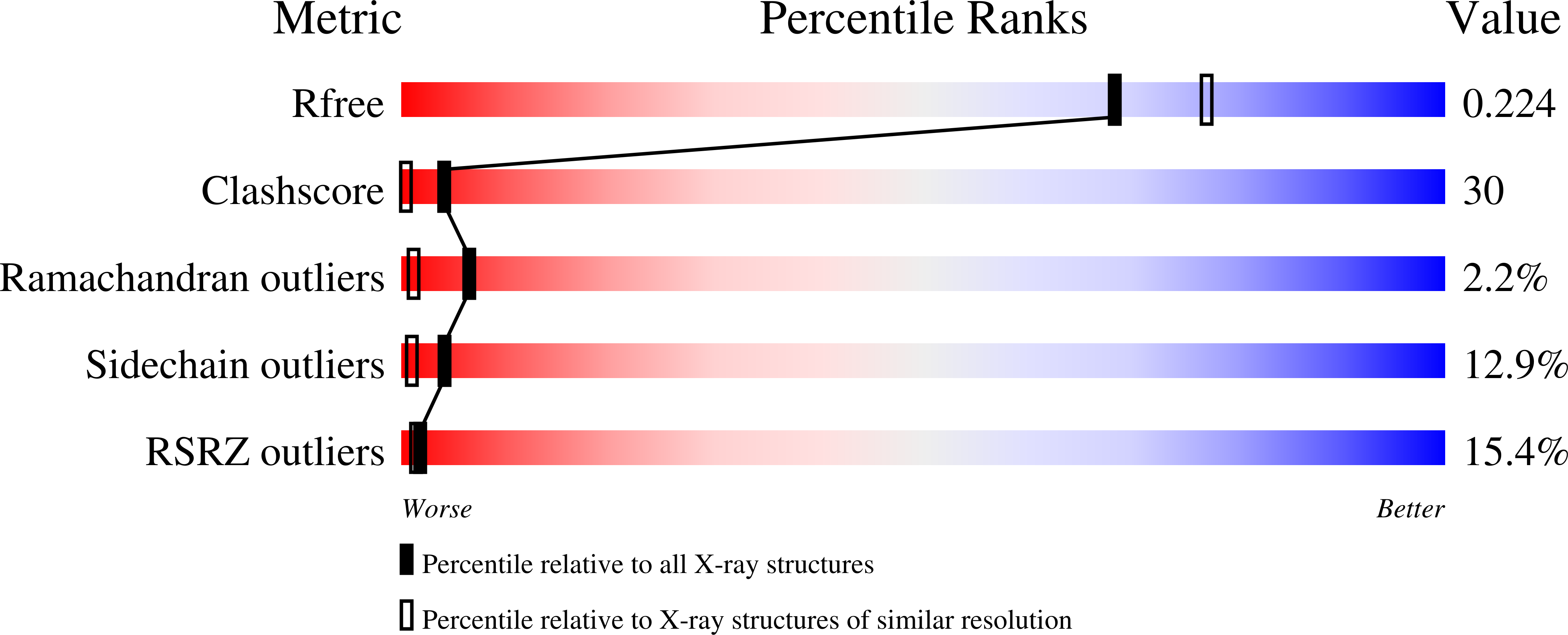
Deposition Date
2000-06-07
Release Date
2001-10-12
Last Version Date
2024-02-07
Entry Detail
PDB ID:
1F44
Keywords:
Title:
CRYSTAL STRUCTURE OF TRIMERIC CRE RECOMBINASE-LOX COMPLEX
Biological Source:
Source Organism:
Enterobacteria phage P1 (Taxon ID: 10678)
Host Organism:
Method Details:
Experimental Method:
Resolution:
2.05 Å
R-Value Free:
0.22
R-Value Work:
0.17
R-Value Observed:
0.17
Space Group:
I 2 3


